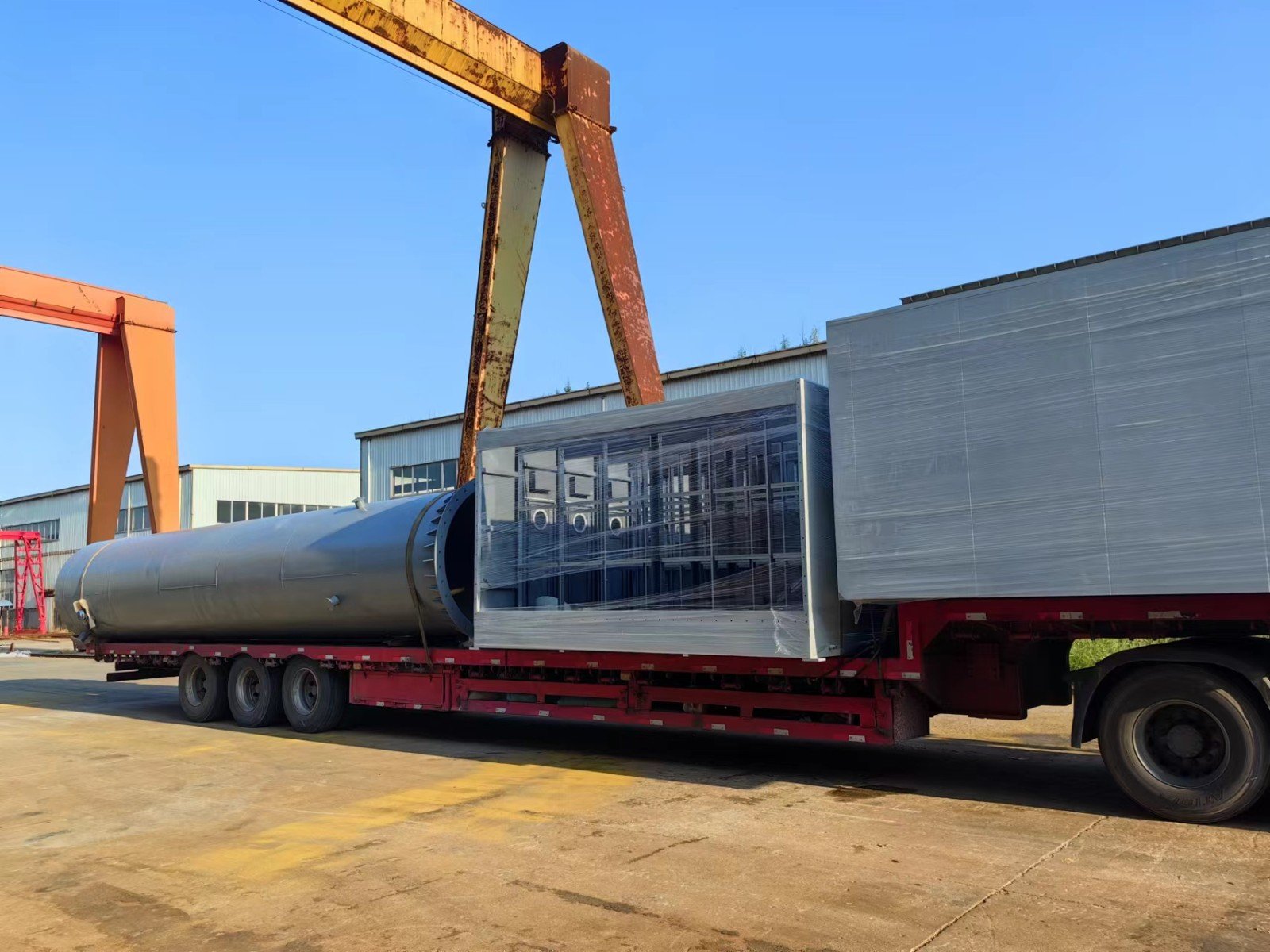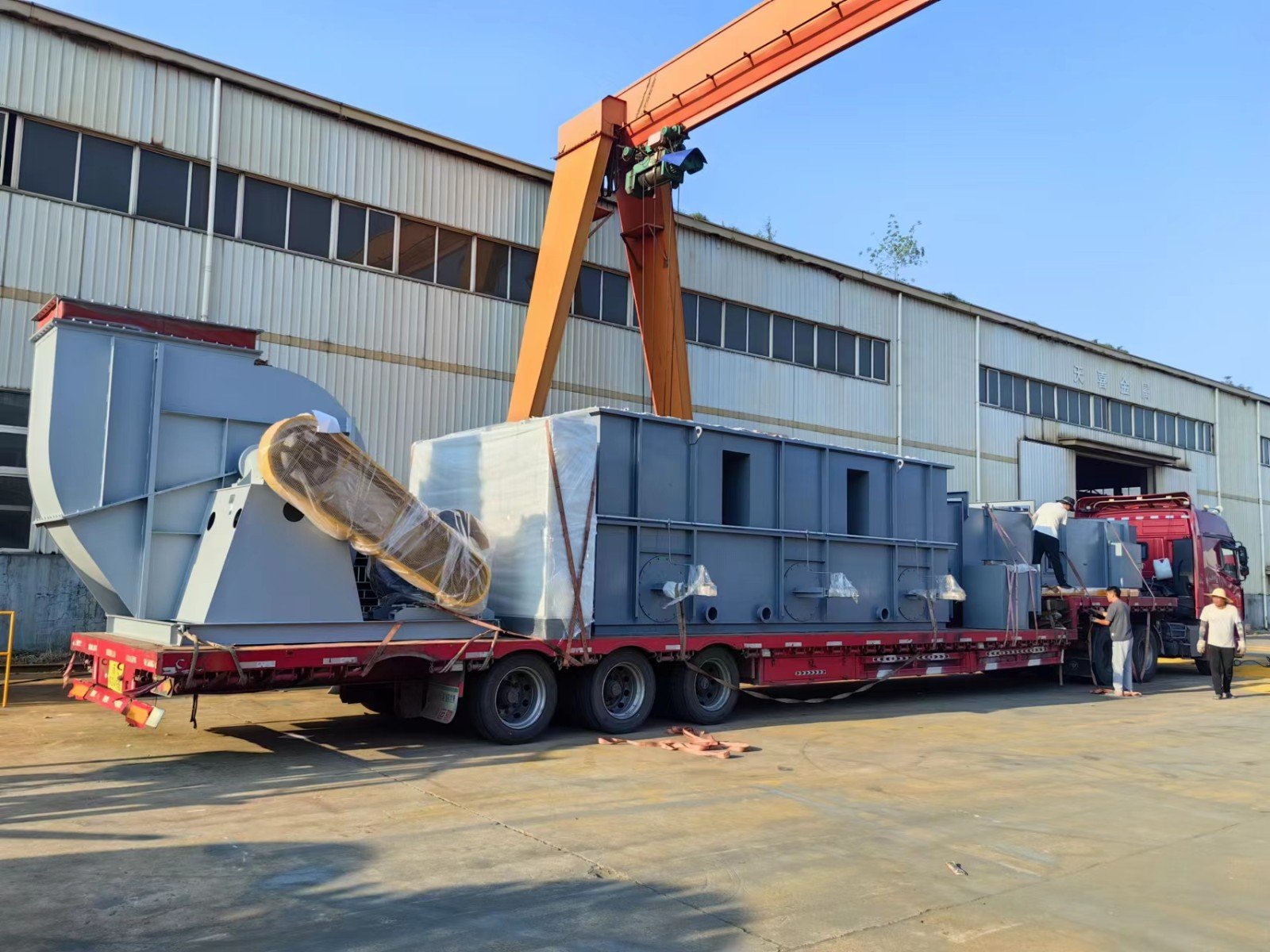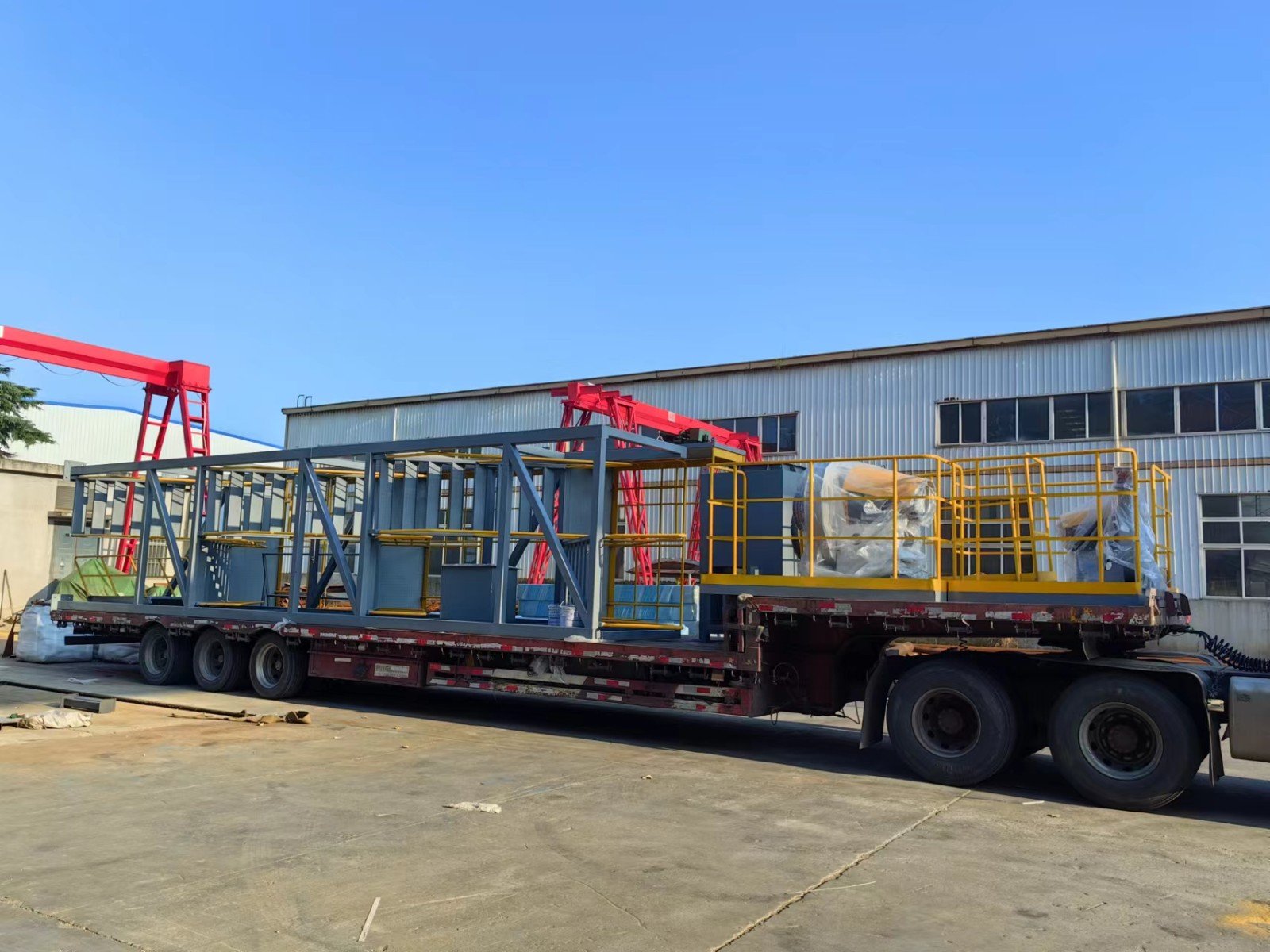rto (reactive treatment oxidizing) is a kind of exhaust gas treatment technology, that is, catalytic oxidation technology. RTO is a technology that uses the activity of catalysts to carry out reaction processes such as adsorption, decomposition, oxidation and reduction of pollutants in exhaust gas. 
In RTO, the role of the catalyst is mainly to reduce the reaction temperature while increasing the rate and selectivity of the reaction; in addition, the speed and selectivity of the chemical reaction can also be controlled by changing the chemical properties or physical characteristics of the catalyst surface. Because the rto process has the advantages of high efficiency, energy saving, and no secondary pollution, it is widely used in the treatment of various industrial waste gases: such as exhaust gas purification in the petrochemical industry; recovery of organic solvents in the chemical industry; removal of odorous gases in food processing, etc. 1. What is RTO? RTO (Reactive Treatment Oxidizing), the Chinese name is called catalytic oxidation method (referred to as RO). 
It is a high-efficiency and environment-friendly gas purification device that uses precious metals as catalysts. It uses activated carbon as an adsorption material to absorb harmful gases and desorb them for regeneration. 2. Why use RO? (1) R0=H2 + O2 (2) H2 + O2 = Ignition = 2H2 + O2, and the harmful gases CO, NOX, SOX, etc. are high in the combustion products. And R0 = Ca (OH) 2 + 2HCl = CaCl2 (OH) 2. Therefore, when the H+ concentration is greater than or equal to 0.02M/m3, R0 treatment can achieve satisfactory results.
If it is lower than this value, RO is required for governance. (3) When the amount of sulfur contained in the discharged waste gas and raw materials is large, the sulfur must be removed by the hydrogen sulfide absorption tower first and then treated with RO. (4) When the exhaust gas and raw materials contain a large amount of carbonaceous substances and their concentration is high, it is advisable to use activated carbon to absorb